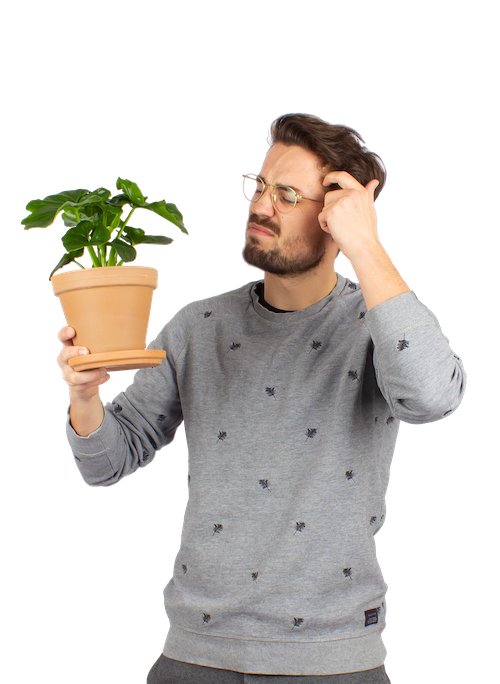If you're like us, you love a good scare around Halloween. But be careful – some of the plants in your garden may be trying to kill you! Poisonous plants even made their way to the big screen. The Mandrake from Harry Potter is an actual plant with toxins that can easily be deadly for humans! Here are five spooky facts about poisonous plants. Happy Halloween!
1) Plants are just defensive
Have you ever stopped to think about how lethal plants really are? For real! They can't move around to avoid predators, so they've developed an array of weapons - like thorns, hairs, and a chemical arsenal of secondary metabolites - to ward off herbivores. In other words, plants are "intentionally trying to hurt us". But that's not all! They also unintentionally mess with us when they shed their pollen. This can result in what is called “Hay Fever'' which causes fatigue, a runny nose, itchy eyes and sneezing. So next time you're out for a walk in the park, take a moment to appreciate the fact that those trees and flowers are tolerating your presence - even though they don't reeeaally want you there. If badass is your type though, check out Bear and Trout, our Carnivorous Plant Duo.
2) Plants are immortal to their own poison
Why don't the toxic secondary metabolites kill the plant that makes them? The answer is simple: after the chemical is produced, it is "locked away" in the vacuole. The vacuole is a large sac of water that has poisonous chemicals and other waste products inside of it. As long as the chemicals are tucked away in there, the remainder of the cell is safe. So there you have it - plants are tough but their #1 priority is self-care.
3) They know how to hold a grudge
Let the hunger games begin! A phenomenon known as allelopathy occurs when one plant produces chemicals that stop the growth of another plant. This is often seen in nature but also in gardens, where certain plants will compete for resources. For example, many gardeners know that it's not a good idea to plant a walnut tree near their garden. This is because the walnut tree has a chemical called juglone that prevents many common garden plants from growing, especially tomatoes. So if you're planning on planting a garden, make sure to do your research first! You might just be surprised by which plants don't play well together.
4) Some amigos have a shady rep
Although some plants have earned their redemption by providing us with companionship and medicinal solutions, they still have a questionable past. One of the most common methods in medieval wars was to dip the tips of arrows in poison, which would then cause paralysis or death. Hemlock, a poisonous plant that is still found in many parts of the world, was infamously used to kill Socrates. And Deadly Nightshade, also known as Belladonna, was used to assassinate hundreds in the 17th century and was rumored to be used in witchcraft for flying. While these plant-based poisons might seem like something out of a horror movie, they were all too real in those times.
5) Your favorite plants- the scariest on the block?
Unfortunately, some of the most beautiful and eye-catching plants are also the most dangerous to pets and small children. Phil, Luke, Kaa, Cranerys, Aurora, and Vera (and more!) are all potentially harmful if ingested. To keep your family and pets safe, try hanging these plants out of reach or placing them on mounted wall shelves. You should also educate your kids about why these particular plants are dangerous and what they should do if they see a pet or sibling playing with one. Of course, the easiest way to avoid any accidents is to choose the right plants instead. There are plenty of lovely options available in our pet-friendly section that won't pose a threat to your furry friends.
Should you have any questions or concerns - we’re here for you! Kindly send a message to hello@plantsome.ca and our team will get back to you within 1-3 business days.












